Source: http://www.worldnetdaily.com/news/article.asp?ARTICLE_ID=54076
Posted: February 03, 2007
1:00 am Eastern
The impact of the Value Added Tax, or VAT, on international trade is a complicated aspect of global commerce that is generally only comprehended by experts. Yet, the impact of the VAT may be the single most important variable in explaining U.S. balance of trade deficits that are spiraling out of control ? to the detriment of both U.S. manufacturing and the continuing validity of the U.S. dollar itself.
The 2006 U.S. trade deficit is estimated to exceed $760 billion, while last year China also came to hold an historically high $1 trillion in foreign exchange reserves, $700 billion of which was held in U.S. dollar assets.
Simply put, the average United States citizen can no longer afford not to understand the VAT, especially now, in an era where the World Trade Organization dominates our international trade agenda and where NAFTA has morphed into NAFTA-plus, as demonstrated by the Security and Prosperity Partnership of North America, which President Bush declared with Mexico and Canada at the Waco, Texas, summit of March 23, 2005.
The modern VAT was created by French economist Maurice Laur? in the 1950s. The basic concept is that a "value added" tax is imposed at each stage in the chain of production of a good or service.
The goal is for the VAT to be charged to the consumer at the point of sale, such that the amount of the VAT ends up being calculated as a percentage of the final value of the good or service. The VAT charged the consumer is not reimbursed to the consumer, so at the final point of retail purchase the government gets to keep the VAT once and for all.
A VAT and a sales tax are both considered "indirect" taxes that ultimately are shifted to the consumer. Income taxes, in contrast, are considered "direct" taxes in that the tax cannot be shifted to someone else other that the person earning the income. The main difference between a VAT and a sales tax is that the VAT is applied at each stage of production, whereas sales taxes are usually only imposed once, at the final point of sale.
For our discussion, we do not need to master all the intricacies of exactly how the VAT works in practice. What we are concerned about is that in international trade there is a differential between how indirect taxes and direct taxes are treated, and that differential puts the U.S. at a decided disadvantage.
The United States does not use a VAT system. Some 137 countries, including every major U.S. trading partner such as the EU countries, China, Canada and Mexico, have VAT systems.
Here are the crucial points we need to understand:
- Exports from VAT countries enjoy rebates of VAT taxes that goods sold domestically in those same VAT countries would be subject to, while U.S. exports receive no such rebate of federal taxes and much smaller relief from state sales taxes.
- The problem is compounded when we realize that imports into VAT countries are subjected to VAT at the border, while imports into the U.S. are not taxed at the border.
- As a result, U.S. exports are taxed twice, while exports from VAT countries are traded free of certain types of taxes.
A simplified example (which excludes movement expenses and customs duties) helps understand the reason U.S. goods are disadvantaged by VAT systems.
A U.S. car that sells for $23,000 in the U.S. includes profit and covers various tax obligations of the producer, as well as pension costs for workers. When that car arrives in Germany, a 16 percent VAT will be added on to the $23,000 price, meaning that the car will be sold in Germany for $26,680.
Yet, no tax comparable to a VAT is imposed on a German car imported into the United States. Consider the example of a German car that is sold in Germany for $23,000 after the 16 percent VAT is imposed. The example is constructed to compare a U.S. car manufactured in the U.S. and sold in the U.S. that is roughly price competitive with a German car manufactured in Germany and sold in Germany.
The differential VAT taxation issue becomes a problem when the U.S. manufacturer suffers price disadvantages when the U.S. car is exported to Germany to be sold in Germany, compared to the price advantages the German manufacturer receives when the German car is exported to the U.S. to be sold in the U.S.
When the German car is imported to the U.S., Germany rebates the 16 percent VAT to the manufacturer, allowing the export value of the car to be $19,827.59. Moreover, when the German car is imported to the U.S. no U.S. tax comparable to the VAT is assessed, so the car is allowed to enter the U.S. market at a price under $20,000.
In this example, U.S. producers are disadvantaged two ways. On export, U.S. product that otherwise sells for the same price in domestic markets starts off with a disadvantage of $3,680 because of the VAT. At the same time, the German car, which sells at home for the same price as the U.S. car in America, is sold to the U.S. for a price which is $3,172.41 less than the U.S. car. When you add these disadvantages, U.S. car companies face disadvantages at home and abroad that can be measured as $6,852.41.
In effect, the rebate of the VAT to German exports serves as a German subsidy for exports, while the imposition of a VAT on the U.S. car imported to Germany serves as a German tariff imposed on U.S. imports. Still, the VAT is not defined in our free trade agreements either as a subsidy or a tariff, even though U.S. manufacturers are demonstrably disadvantaged both in exporting to VAT countries and in competing with VAT-country exports in the U.S. market.
None of this disadvantage applies to one VAT country importing into another VAT country, because typically the VAT is rebated in all countries when the good exported for sale in the foreign market.
Being the only major international trade country without a VAT, the U.S. is uniquely disadvantaged by the VAT system differential. The U.S. simply has no border-adjustable mechanism that can rectify the disadvantage that is imposed by VAT rebating to VAT country exporters and VAT cost imposition to non-VAT country exporters such as the U.S.
The VAT differential can end up disadvantaging U.S. exports by imposing what amounts to a considerable penalty (with VAT rates ranging up to 25 percent depending on the country) on the U.S. manufacturer, while advantaging the foreign exporter into the U.S. by a comparable price subsidy. In effect, VAT systems function as trade subsidies for exporters and as trade tariffs for importers, although VAT preferences are defined as neither "subsidies" nor as "tariffs" under the terms of international trade agreements, including both NAFTA and the WTO.
On May 17, 2005, testifying to the Subcommittee on Trade of the House Committee on Ways and Means, attorney Terence Stewart of the Washington firm Stewart and Stewart estimated the impact of differential taxation as follows:
On the issue of differential treatment of tax systems, the U.S. is seriously disadvantaged by the application of WTO rules on taxes. With 137 countries applying a VAT tax and a worldwide VAT tax advantage of 15 percent, the U.S. faces up to $450 billion total disadvantage to U.S. exports ($180 billion) and export subsidies to import competition ($270 billion).
Simply put, the VAT differential puts U.S. exporters in a huge hole from which it is almost impossible to dig out. At the same time, the VAT differential gives those who import into the U.S. such a huge edge that their dominance of our domestic market is virtually assured from the start.
Within NAFTA, Stewart estimates that in 2005, we had a $40.6 billion VAT disadvantage with Mexico and a $33 billion VAT disadvantage with Canada. Our largest VAT disadvantage in 2005 was $47.9 billion with China.
"Every major trading country in the world economy except for the U.S. has a VAT system," notes Auggie Tantillo, executive director at the American Manufacturing Trade Action Coalition, in an interview with this writer. As Mr. Tantillo explained:
The important thing to understand is that the VAT disadvantage is a structural impediment or distortion, just like the currency manipulation China currently exploits by refusing to allow the value of their currency to freely float on world currency exchanges. The VAT differential is not simply a tangential, frivolous or superficial thing that a few countries do here or there, just a minor irritant. The VAT differential is a core, driving aspect as to why U.S. companies find themselves continuously at a disadvantage. If you extrapolate to the next step, the VAT differential is a core reason for why we see this escalating growth in the U.S. trade deficit on an annual basis.
Ironically, Mr. Tantillo argues that the VAT differential is a key reason many U.S. companies decide to move their manufacturing offshore, preferring to export into the U.S. market rather than to operate as U.S. domestic producers.
Mr. Tantillo elaborated these points in our interview:
When you add everything up and start to look at the cumulative effect, the board of a U.S. company sitting around a table has to say, "We can cut our labor costs by 'x' percent, we can get rid of our health care, we don't have to produce a pension plan, and then we have this VAT situation where our taxes are rebated to us when we ship to the U.S., the market we want to impact anyway, so why do we stay here in the United States? Why not move our manufacturing to Asia?" The economic analysis just becomes compelling for many U.S. companies.
In other words, the VAT differential functions as an additional international trade structural incentive for U.S. companies to move manufacturing to foreign countries where they can participate in the VAT advantages as importers into the U.S. market. The point is not simply that wages are less in countries such as Mexico and Canada; both countries additionally possess structural advantages in international trade, including importantly the differential on how VAT systems work.
As explained by Tantillo, "It's time for the U.S. to confront the WTO and NAFTA and say that we can no longer abide by a structural distortion that is massively and adversely impacting our manufacturing base."
Jerome R. Corsi is a staff reporter for WND. He received a Ph.D. from Harvard University in political science in 1972 and has written many books and articles, including his latest best-seller, "The Late Great USA." Corsi co-authored with John O'Neill the No. 1 New York Times best-seller, "Unfit for Command: Swift Boat Veterans Speak Out Against John Kerry." Other books include "Showdown with Nuclear Iran," "Black Gold Stranglehold: The Myth of Scarcity and the Politics of Oil," which he co-authored with WND columnist Craig. R. Smith, and "Atomic Iran.
EMAIL JEROME R. CORSI | GO TO JEROME R. CORSI ARCHIVE
Regional Tariff & Tax Information
Source: http://usaexportimport.com/regional_tariffs.php
APEC
The members of the Asia Pacific Economic Cooperation (APEC) have placed their tariff schedules in the APEC Tariff Database on the Internet. Members include many Asian economies, the United States, Canada, Mexico, and Chile. You will be asked to register in order to use the site, but it is a free service. This section helps US exporters identify which column rates apply to U.S. products, lists the costs against which the tariff and tax rates are applied, and lists additional taxes collected at the border.
Australia
U.S. products subject to the general duty rate (usually the first and highest rate of several shown for a given product). The general rate has no DC, DCS, CAN or other preferential geographic designation before the duty rate.
-- The duty is applied on the FOB value.
-- 10 percent Goods and Services tax applied on FOB + duty.
Bahrain
-- Customs duties are imposed on the CIF value:
-- 5 percent on foodstuffs and non-luxuries
-- 10 percent on luxuries
-- 20 percent on cars and boats
-- 25 percent on fully-processed corn and palm oil imports, and other items produced in Bahrain.
-- 70 percent on cigarettes and tobacco products
-- 125 percent on alcoholic beverages
-- In principle, no tax or duty is payable on imports of raw materials or semi-manufactured goods for manufacture or on imports required for development projects (but not including spare parts).
Bahrain Directorate of Customs and Ports
Phone: 011-973-727178
Bolivia
-- Bolivia assesses a 10 percent tariff on all goods except those classified as capital goods, books, and publications.
-- Capital goods, found only in Harmonized System chapters 84, 85, 86, and 97, are assessed a 5 percent tariff. Books and publications are charged a tariff of 2 percent.
-- Tariffs are assessed on the CIF value.
-- A Value Added Tax of 14.94 percent is imposed on the CIF + duty value.
-- A Customs Warehouse Fee of 0.5 percent is imposed on the CIF value.
-- Additional customs charges total some $50-$60.
-- Carnets are not accepted. Temporary entry of goods is permitted, but a bond may be required.
Brunei
-- Single column tariff schedule; tariffs applied on the CIF value.
-- No other taxes are known.
Canada
U.S. products meeting the North American Free Trade Agreement (NAFTA) rules of origin (except some agricultural products) are duty free effective January 1, 1998. (Refer to 'Applicable Preference Tariff' column, AUST.). For products that do not meet the NAFTA rule of origin, use the AMFN column.
--For NAFTA rates which apply to qualifying U.S. products only, use the "Applicable Preferential Tariffs" column and look for the designation "UST."
--For rates which apply to products from the United States which do not qualify under NAFTA, use the "MFN Tariff" column. For information on how to qualify products under NAFTA see our NAFTA database.
--Canada applies duties on FOB value.
--The Federal Goods and Services Tax (GST) is 7 percent applied on the FOB + duty value.
--New Brunswick (15 percent HST--includes the provincial sales tax plus the 7 percent federal GST),
Newfoundland (15 percent HST--includes the provincial sales tax plus the 7 percent federal GST), and Nova Scotia (15 percent HST--includes the provincial sales tax plus the 7 percent federal GST) collect provincial taxes at the border. As of April 1, 1999 Quebec and Ontario (15 percent HST--includes the provincial sales tax plus the 7 percent federal GST) collect provincial taxes at the border on personal, not commercial, shipments.
Chile
--Single column tariff schedule; tariffs applied on the CIF value.
--Value Added Tax of 18 percent is applied on the CIF + duty value.
-- Chile imposes a flat 7 percent import duty on most traded products, except for some agriculture products, which may be subject to quotas or prohibition. Most used vehicles cannot be imported. For duties on agricultural and food products contact the TIC.
-- Gifts are subject to duties and taxes; the first US$600 are exempt from duties.
-- Carnets are not accepted. Temporary entry is permitted, but a bond may be required.
Customs Service of Chile
Phone: 56-32-200-500
Fax: 56-32-23-212-841
China
--U.S. products subject to duty in Column I (Most-Favored Nation); duty applied on the CIF value.
--Value Added Tax of 17 percent applied on the CIF + duty value; 13 percent VAT on foodstuffs, some fuels and books.
Common Market of Eastern and Southern Africa (COMESA)
The COMESA member countries are: Angola, Burundi, Comoros, Democratic Republic of the Congo, Eritrea, Ethiopia, Kenya, Madagascar, Malawi, Mauritius, Namibia, Rwanda, Seychelles, Sudan, Swaziland, Uganda, Zambia and Zimbabwe.
Costa Rica (Spanish-language website)
El Salvador (Spanish-language website)
European Union (Austria, Belgium, Denmark, Finland, France, Germany, Greece, Ireland, Italy, Luxembourg, Netherlands, Portugal, Spain, Sweden, United Kingdom)
For more information about the European Union tariff schedule on-line, please visit Trade.gov.
Guatemala
(Spanish-language website)
Honduras
(Spanish-language website)
Hong Kong
Hong Kong is a duty free territory. No import duties are charged on any products from any source, although both foreign and domestic products face excise taxes on a limited number of products. For more information see our Asia database.
--Hong Kong levies a 0.035 percent documents handling fee,
which is applied on the CIF value.
--Hong Kong and China are separate customs territories with
separate tariff schedules.
--Hong Kong requires an import or an export license for
all optical disc manufacturing equipment.
Hong Kong Customs & Excise Department
6 - 9th Floors, 38 Pier Road
Central, Hong Kong
Phone: (852) 2852-1411
Iceland
-- Go to "manuals." Click on "Table of Contents"
to browse by chapter or "Search" to do a keyword
search.
-- Tariff applied on U.S. products in "A" column;
tariff applied on CIF value.
-- Value Added Tax: 24.5 percent on most products; applied
on duty paid value.
-- Excise Tax: Levied on motor vehicles (including motor
cycles), up to 37 percent; sugar and chocolate confectionery,
7 percent; soft drinks and preparations for making soft
drinks and beer, 17 percent; potatoes, 50 percent; goods
made from potatoes, 40 percent.
Indonesia
-- Single column tariff schedule; rates applied on the CIF
value.
-- Value Added Tax of 10 percent applied on the CIF + duty
value.
-- 10-40 percent Sales Tax on "luxury items."
Japan
As of January 1, 1998, U.S. products face the rate in the
WTO 2 column; if this figure is in parentheses, use the
figure in the general column; rates are applied on the CIF
value.
-- Consumption tax of 5 percent is applied at the retail
level. If the imported product is shipped directly to the
end user, the tax is applied at the time of entry on the
CIF + duty value.
Jordan
English-language website with the complete tariff schedule for goods imported into Jordan and other customs information.
-Value Added Tax of 13% applied on CIF + duty value.
Kuwait
-- The tariff applied on most imports is 4 percent.
-- The tariff applied on cigarettes and tobacco products
is 70 percent.
Malaysia
-- U.S. products subject to rates under "Import"
column, applied on the CIF value.
-- Sales Tax varies by product--nil, 5, or 10 percent (10
percent being the most frequent) applied on CIF + duty.
Malta
-- Go to "The Integrated Tariff." If you do not
know the full Harmonized System number, search by description.
-- Duty, VAT, and Levy are levied on the CIF value. Rates
are given in "The Integrated Tariff.
Mexico
The tariff schedule on the APEC Tariff Database gives the Most Favored Nation (MFN) rates only. For information on tariff rates applied to U.S. products meeting the North American Free Trade Agreement (NAFTA) rules of origin, call the Trade Information Center. For information on how to qualify products under NAFTA click here.
-- Tariff rates are applied on the CIF value (non-NAFTA
product) or FOB value (NAFTA product).
-- Value Added Tax of 15 percent is applied on the CIF value
(non-NAFTA product) or FOB value (NAFTA product).
-- The VAT is 10% on US-Mexico border regions. Drugs are
not subject to the VAT.
-- A 0.8 percent Customs User Fee is applied on the CIF
value of non-NAFTA products. Click here for details.
Morocco
-- The first column indicates the duty rate for products
from the United States. Tariffs are applied on CIF value.
-- The second column indicates the Import Tax, applied on
CIF + duty.
Mozambique
-Surcharge of 17% on all products applied on CIF + duty.
- $50 customs fee charged by Mozambique Customs on each
shipment.
-Variable excise tax on alcohol, tobacco, automotives, and
luxury goods applied on CIF.
New Zealand
-- U.S. products subject to tariff rates in Column I (general
rate); tariff applied on the FOB value.
-- Sales tax of 12.5 percent is applied at the retail level.
If the imported product is shipped directly to the end user,
the tax is applied at the time of entry on the CIF + duty
value.
Nicaragua (Spanish-language website.)
Niger
-- Tariffs applied on U.S. products: "droit de douane"
column; tariffs applied on CIF value.
-- Value Added Tax : "taxe sur la valeur ajoutee"
column
-- Statistical Tax: "redevance statistique" column
-- Community Solidarity Levy: "prelevement commaunitaire
de solidarite" column
-- Trade and Industry Profit tax: "benefice industriels
et commerciaux" column
-- Customs Computer Processing fee: "redevance informatique" column
-- Reduced - "reduite"
Norway
-- Click on "Naeringslivs- informasjon," then
"Tolltariffen," then "ausnill/ kapitler"
-- Select tariff chapter desired. The tariff has four columns,
right to left
1.)Tariff Number;
2.) Description of Goods;
3.) Rate of Duty; percent ad valorem or Norwegian Crowns/kilogram
4.) Units for measures of quantity
-- Duties are charged on the CIF value of the shipment.
-- The Norwegian value added tax is levied on most imports
of industrial products. The 23 percent rate is charged on
the duty paid value.
Papua New Guinea
-- Single column tariff schedule; rates applied on the CIF value.
-- No other taxes known.
Philippines
-- Single column tariff rate by year; rates applied on the CIF value.
-- Value Added Tax of 10 percent applied on the CIF + duty
value.
Qatar
-- The tariff assessed on most goods is 4 percent.
-- The tariff assessed on steel is 20 percent.
-- The tariff assessed on alcoholic beverages is 100 percent.
-- Imports of pork and its derivatives are prohibited.
Singapore
-- Single column tariff applied on the CIF value; if the
column is blank, the tariff rate is zero.
--Tariff and tax information can also be found at http://www.gov.sg/customs/ (click on "For Traders")
-- Sales Tax of 3 percent applied on the CIF + duty.
-- Singapore applies duties only on tobacco products, alcoholic beverages, gasoline, and motor vehicles. The import duty on all other products is zero.
-- For tariff information on tobacco, alcoholic beverages,
gasoline, and vehicles use the APEC Tariff Database on the
Internet or contact the Trade Information Center.
Singapore
Customs & Excise Department
Phone: (65) 272-8222
Fax: (65) 250-8663
South African Customs Union
Tariff information for Botswana, Lesotho, Namibia, South Africa, and Swaziland) can be found at the above website. SACU members have a common external tariff, so the South African tariff schedule can be used as a proxy for the tariffs applied by each member country to U.S. products.
Botswana
-- Tariffs applied on the CIF value.
-- Value Added Tax of 10% applied on the CIF + duty value.
Lesotho
-- Tariffs applied on the CIF value.
-- Value Added Tax of 10% applied on the CIF + duty value.
Namibia
-- Tariffs applied on the CIF value.
-- Value Added Tax of 8% applied on the CIF + duty value.
South Africa
-- Tariffs applied on the FOB value.
-- Value Added Tax of 14% applied on FOB + duty value.
Swaziland
-- Tariffs applied on the CIF value.
-- A Surcharge (amount unknown) may be levied on the CIF + duty value.
South Korea
-- Single column tariff; where no rate is shown, use the nearest preceding rate.
-- Tariffs are applied on the CIF value.
-- Value Added Tax of 10 percent applied on the CIF + duty value.
Taiwan (Chinese Taipei)
-- U.S. products subject to tariffs in Column II (Most Favored Nation); if no rate is shown in Column II, use the Column I rate.
-- Tariffs are applied on the CIF value.
-- Port charge of 0.5 percent is applied on the CIF value for shipments by sea.
-- Value Added Tax of 5 percent is applied on the CIF value.
Thailand
-- Thailand is a member of APEC, but has not placed its tariff schedules in the APEC Tariff Database. To obtain tariff rates for Thailand, contact the Trade Information Center.

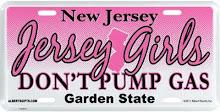



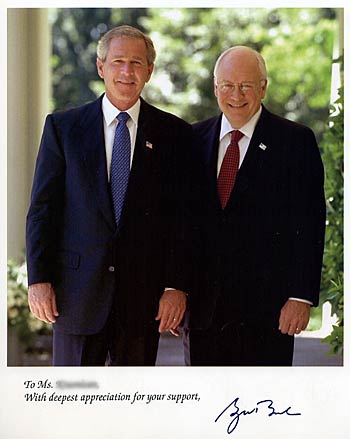
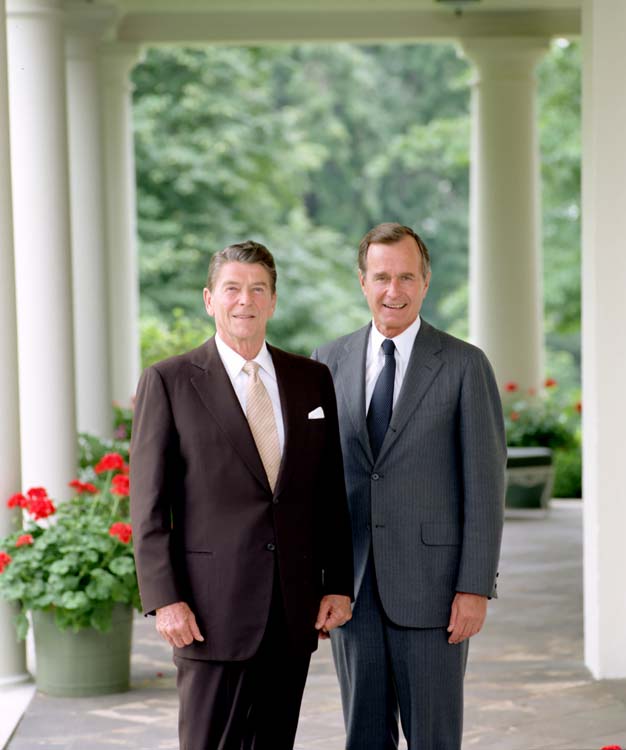



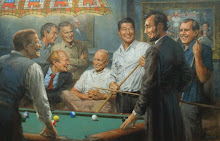
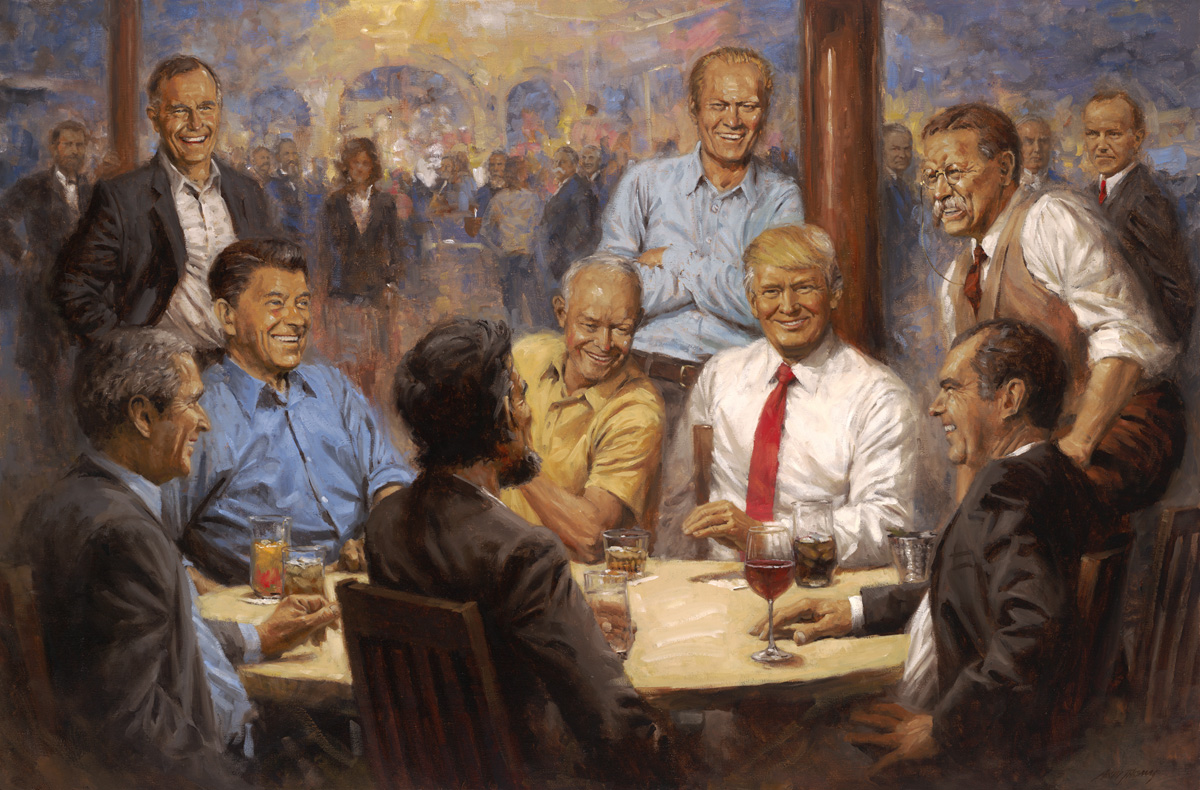
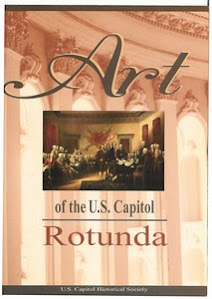


















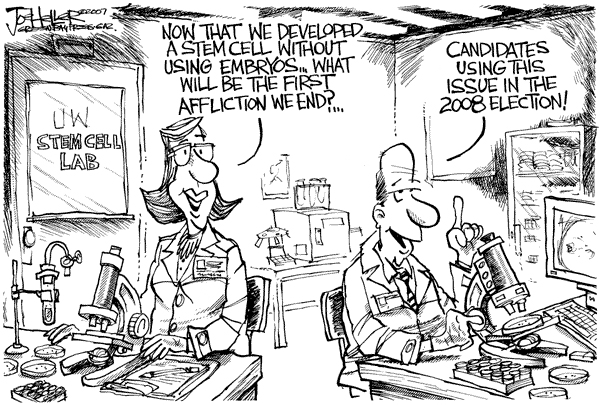
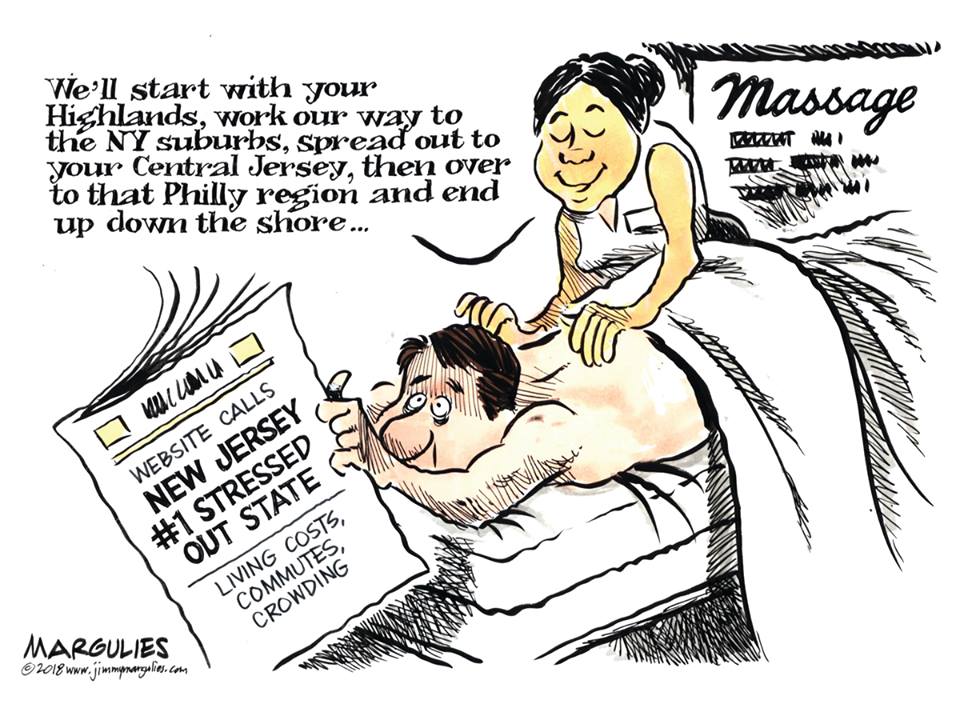
No comments:
Post a Comment